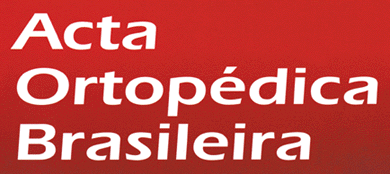Objective:
To evaluate the effectiveness of intramedullary fixation using the Kirschner-wire (K-wire) compared to the titanium elastic nail (TEN) in pediatric femoral shaft fractures.
Methods:
A sample of 42 pediatric patients with a mean age of 6.55±2.42 years (range 4-11 years) presenting femoral shaft fractures underwent intramedullary fixation using the K-wire or TEN.
Results:
There was no significant difference found between groups, of which 16 (38.1%) patients were treated with K-wire and 26 (61.9%) patients were treated with TEN in terms of union duration. Moreover, none of the patients showed nonunion or a delayed union.
Conclusions:
The use of adjusted K-wire instead of TEN in the intramedullary fixation of femoral shaft fractures in selected children may be an advantageous surgical option due to the lower cost, easy accessibility and no need for a second surgery for implant removal. Level of Evidence III, Retrospective Study.
Child; Bone nails; Femoral fractures; Humeral fractures; Fracture fixation intramedullary; Titanium

